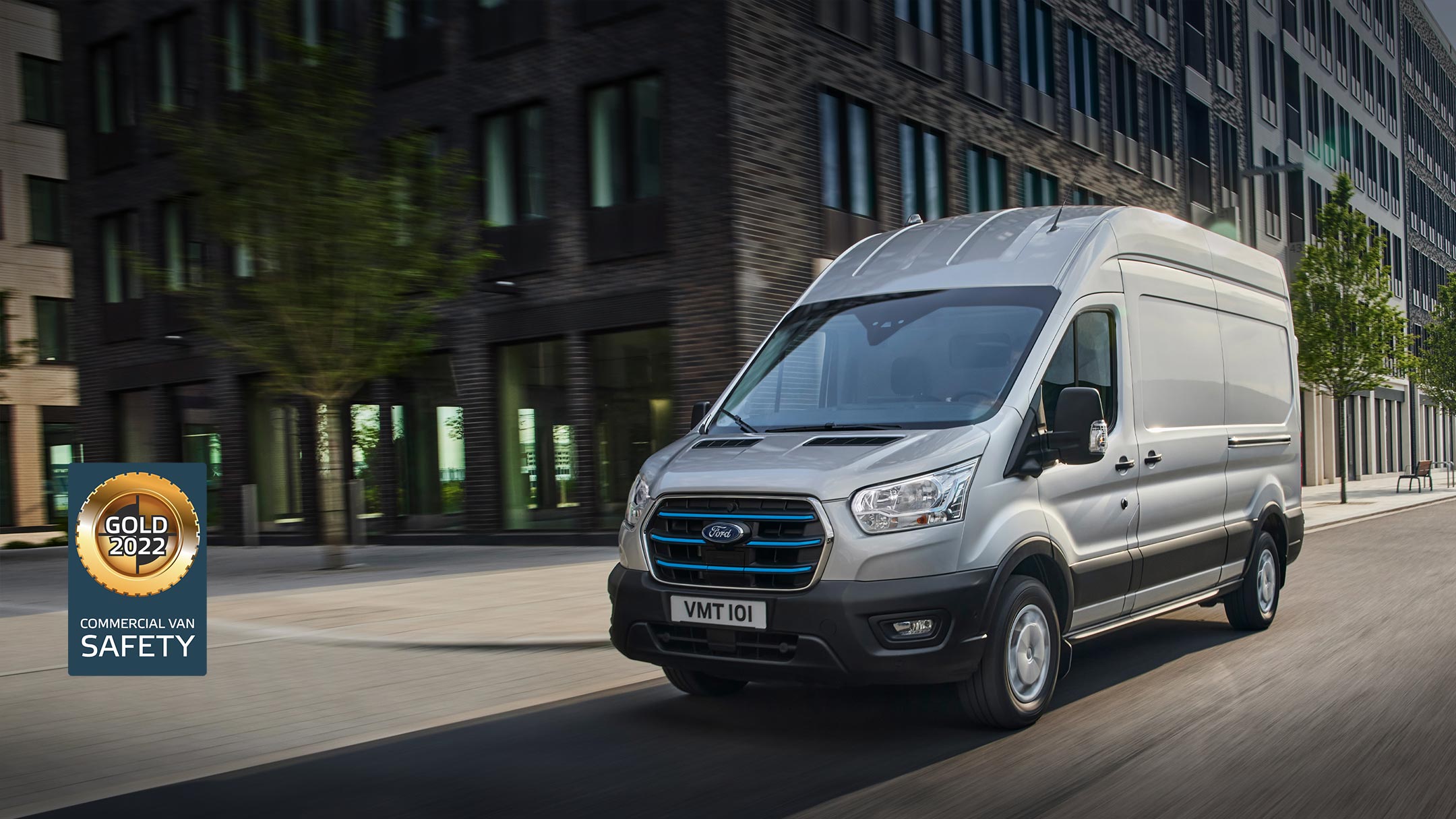ELECTRIC VEHICLE WINTER DRIVING TIPS
The following tips will help keep you comfortable and relaxed about the range of your Electric Vehicle, when driving in winter:
- Pre - condition or pre-heat the vehicle using the home charger and set departure times to warm the cabin and the battery while plugged-in (using the FordPass app or the SYNC 4 touchscreen).
- Whenever possible, park in a garage or undercover. Keeping the vehicle inside or sheltered will reduce the exposure of the battery to extreme temperatures and preserve range.
- If possible, always keep the Electric Vehicle plugged in whenever it is parked. In cold weather, even trickle charging will help the vehicle to keep the temperature of its battery optimised. If keeping the vehicle plugged in is not possible, try and find a parking space in the winter sunshine to improve ambient temperature.
- Rather than use heating and ventilation to warm up the whole cabin, use the heated seats and steering wheel as primary local heat sources for the passengers. These consume far less energy.
- Set the climate control to create a comfortable but moderate ambient temperature. It is more efficient to maintain a consistent temperature than it is to keep turning climate control on and off, heating up the cabin before letting it cool down again.
- If the vehicle is snow covered, brush all the snow off the vehicle before driving to eliminate extra weight and aerodynamic drag. (This may also be a legal requirement in your country of travel.) Also ensure maximum visibility in the vehicle and that all their driving lights are clear.
- Ensure tyres are at the correct pressure. Under inflated tyres can affect the rolling road resistance and therefore increase drag, impacting on energy consumption. The wrong pressure will also affect the tyres’ grip on snowy and icy roads. Winter tyres are recommended where necessary.
- Avoid using high-power, fast charging (DC) after short driving distances. The battery needs time to heat up, under normal driving conditions, to be able to accept high charge power. Not giving your battery time to condition will impact charging performance.
- If you need to charge the vehicle at a high voltage DC charger in temperatures less than 10oC, you may notice charging takes longer. Shutting off the electric heater (“E-Heat”) and climate control for the first 10 to 15 minutes of charging will allow the battery to warm-up. This will then improve the charging rate.
- Ensure all driving assistance features, such as traction control, are turned on. Also, place the vehicle in ‘whisper’ driving mode as this moderates the forces supplied through the wheels providing gentler acceleration and braking on treacherous roads, in adverse weather.
- Driving habits are learned by the vehicle over time. This is used to inform the vehicle's intelligent range’ and give the driver accurate predictions. Summer driving behaviours transferred into the winter might initially result in poorer predictions. This can be alleviated by manually resetting their EV driving history at the start of winter and summer.
- NB: To reset driver history: click on the vehicle icon in the top left corner of the centre touchscreen ->Select Settings->Select Vehicle->Select EV Driving History Reset.
- The range prediction could be poor when first starting the vehicle up with a cold battery. This will improve as the battery is conditioned (warmed-up) by use.
Finally, the Mach-E is a fantastic place to enjoy winter driving comfortably. However, it is it not always possible to account for everything that might go wrong in treacherous winter driving conditions. Please be mindful to pack the right accessories to ensure your wellbeing.
For more information, Contact Us on 020 3564 4444 or email UKCRC1@ford.com.










